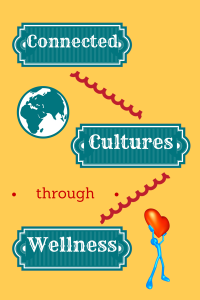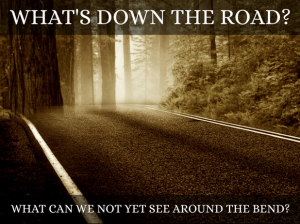This week’s #ETCoaches blog challenge: What tools are you using that you are loving? What problems do they overcome? How can others replicate your success?

There are many tools I use, that I promote for others to use, but here are a few at the top of my list that assist me in my work as an EdTech Coach.
Hootsuite: I rely on Twitter to build my PLN, provide resources, make connections, and for the best professional development. I use Hootsuite, (others might use Tweetdeck,) to visually access different streams on Twitter at once. It helps to join and follow Twitter chats as well. You can integrate other social media accounts too. It’s a lifesaver.
Diigo: I use Diigo to save and organize resources. In my role as an EdTech Coach, I have resources coming at me all day long via email, feeds, blogs, and Twitter. I need a way to save them so that I can easily access later. For example, I share a Tech News every other week (or so- being sensitive to other things going on in school). I collect items over time that will be of interest to our faculty and staff. I tag those TechNews and then, when it’s time to put the news together, I search for resources with that tag. Easy-peasy.
Canva: I use Canva to create visuals for the Tech News, blog posts, posters, flyers, and more. It makes me feel creative! See graphic above.
Smore: Those who are reading this might be wondering what tools I use for the TechNews I mentioned above. For years I did that using a Google Site, adding a new page with columns for each edition. I discovered Smore a few years ago and found that it was more visually appealing. Now I share the link to the Smore, and I embed it on the original Google Site in a new page, so that the archived editions are available too. Our school newsletter goes out to families once a week using Smore as well and it’s been well received. I’m curious to see how this might change when the new Google Sites are officially available.
PhotosForClass: I don’t use this other than to model, but I highly recommend that our students use this site. Search for an image, download it (even on a Chromebook) and insert it into projects, sites, or blog posts. It automatically includes the proper citation on the image itself. Great for teaching about WHY we need to cite our sources!
Google+ Communities: In addition to Twitter, I use various Google+ communities to ask questions, get ideas, and share. Some of the communities I visit most often include: Instructional Technology Integrators, Google Classroom, Chromebook EDU, and Bringing the World Into the Classroom.
Google Hangouts: I’m a member of a 5-person team in our school district. We’re all spread out with considerable distance between our schools. We meet once a week via Hangout to keep the team together, share what’s happening in our schools, work on district-level projects so that there’s consistency, and basically, collaborate. Hangouts make this possible without us having to factor in travel time to get together.
Common Sense Education: Most EdTech Coaches know of this resource, but just in case… it’s an amazing site for Digital Citizenship resources as well as EdTech reviews. This is a must for your list.
There are many more, but these tools help me create, collaborate, share, connect, and stay productive.













